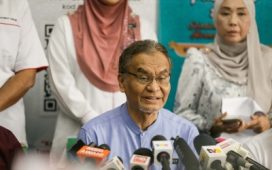Muzafar Ali, who lives in Adelaide, grew up as a refugee in Pakistan after his family fled Afghanistan in the mid-1980s. As a child, the only pictures he saw of his birth country were through Taliban-issued jihadi calendars and the occasional news report.
Ali is Hazara, a long-persecuted ethnic group who faced extreme violence from the Taliban after the Soviet Union left Afghanistan in 1989.
Refugee rights were limited in Pakistan, and Ali left school early to work and support his family. When he was 16, the conflict spilled over the border and a suicide bomber struck near his house. Ali helped carry away the bodies, among them members of his football team.
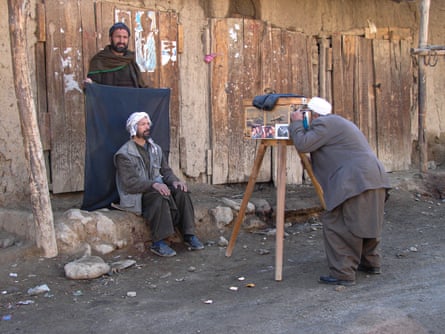
-
“This man was using a box camera to be photographed, which Afghan people still relied on then. I shot this picture in 2006 when this village was secure and peaceful but later this village fell to the Taliban and it was impossible to visit.”
Ali was a young man when the western-backed government took power in Afghanistan. When he returned he found it a relief to be home.
“I came to Afghanistan for the first time in the year 2004 and realised that it’s much more beautiful than those images from those old photos on jihadi calendars. People are craving peace and progress … they were so happy about the fact they could select their MP and they can have their own representatives in the parliament. And women were visible on the streets.”
Ali got a job with the United Nations as a political analyst, which gave him unique access to some of the most remote parts of the country. He bought a camera. He wanted to capture the beauty of his country and share it with its people.
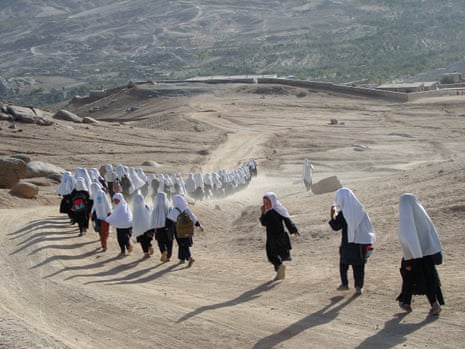
-
“There were students wearing high school uniforms. They had finished their school for the day and were going back down to their home village. It’s a testament to the freedom that these girls had in the past, that has been lost to the Taliban. It’s heartbreaking to me.”
His early photos were taken in Ghorband Valley, in Parwan province, a sprawling mountainous region connecting Hazara areas to Kabul. It’s close to Bagram district, which became known in the west as the home of the largest US base. Only kilometres away many of his subjects had never seen a digital camera before. He often had to explain it wasn’t a weapon.
In his photos, Ali shows Afghanistan as a country of expansive mountains, an ancient multicultural heritage, and a place where women could move freely. He wanted to show something different from the images of war that dominated the country’s image.
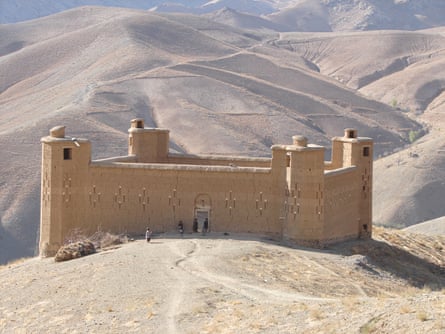
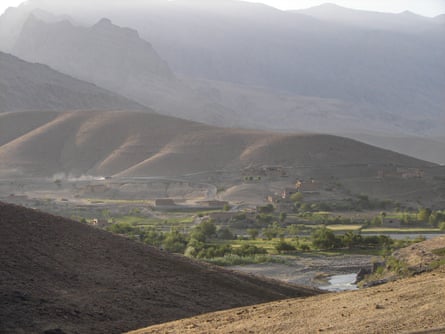

-
Sangtakht district, Daikundi province. Before the Taliban took over, women could move without male supervision.
He was naturally drawn to the Hazara population centres, such as the remote Daikundi province, where the national government had granted Hazara control, and with it, a window of reprieve from decades of persecution. Despite limited infrastructure, which exacerbated drought and famine, the area had a reputation for high standards of education.
But unlike other ethnic groups, Hazara refused to collaborate with the Taliban, By 2012, after surviving a landmine attack and several close encounters with Taliban officials, Ali decided to flee. He took eight family members, including his young daughter, to Indonesia, via Pakistan. He hid a hard drive containing 13,000 photos in a sleeping bag.
In Afghanistan it was common for local military commanders to forcibly seize land, the life source for many rural Hazara families. As he travelled he encountered displaced people. Ancestral chains to towns and villages that went back centuries had been broken, and families were in flux.
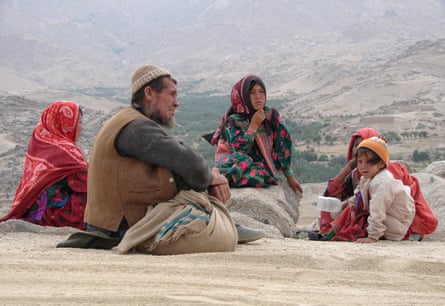
-
“I met Yusuf and his family in Nili, the capital town of Daikundi province. I saw them washing their faces and I shook his hand – he was walking from Charsad Khana valley, in Miramor district. They had been walking for 14 days with his whole family because a local warlord had taken his land and because the government was so corrupt that they became victims”

As the Taliban became more powerful and the risks associated with being Hazara, a UN worker and an exhibiting photographer grew, Ali could no longer risk the safety of his family. Now he looks back at Bamiyan, the spiritual land of the Hazara, through the photographs in his collection.
“We Hazaras call Bamiyan the heart of Afghanistan. It was the first Hazara province, with great historical significance. It was on the ancient silk road where traders would travel from west to east to China. The rivers are full of trout, the cold mountains perfect for cultivating crops, and there are huge glaciers. It was the Switzerland of Afghanistan.”
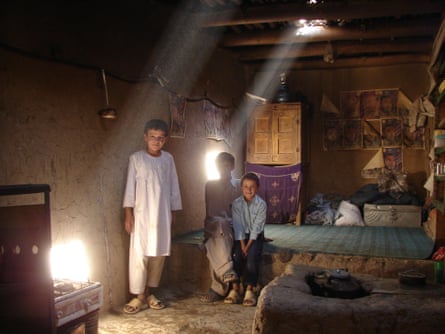

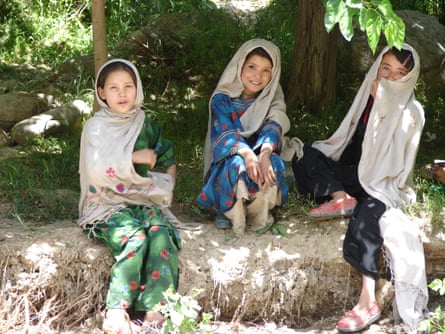
Ali often thinks of the people in his photos. In a war that claimed thousands of lives, it is almost inevitable that not all of them survived. In the town of Otma, in Daikundi province, three smiling boys posed for Ali in 2007. The Taliban took control of Daikundi on 14 August 2021, the day before entering Kabul. Since then land seizures, forced detention and killings have been reported. Some of Ali’s pictures, made to capture the beauty of his homeland, become haunting portraits of those left behind.
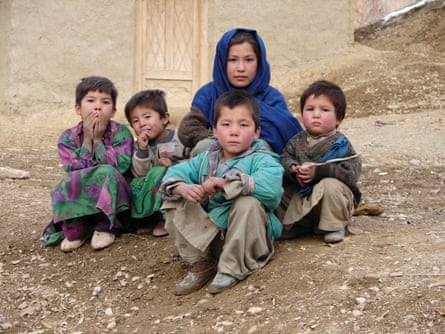
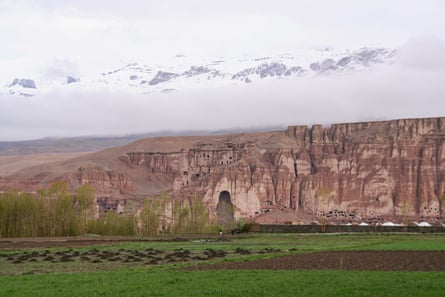
“On 15th of August, Kabul collapsed. I was home in Adelaide and stunned, you know? We were just crying and trying to absorb what’s happening. It worries me because a lot of Hazara people have separated from their families because we’ve worked for the government. They left their home. They are living somewhere else because of persecution, because of the Taliban. I am always thinking about these kids.”
After two years of asylum-seeker limbo in Indonesia, Ali was granted a visa to bring his family to Australia in 2015. He now lives in suburban Adelaide. As a refugee rights activist, he tries to advocate for those left behind. He has connected deeply with his new home, but one day he hopes to return his lens to his birth country.
“In Afghanistan,” he says, “there are many stories that need to be told.”












